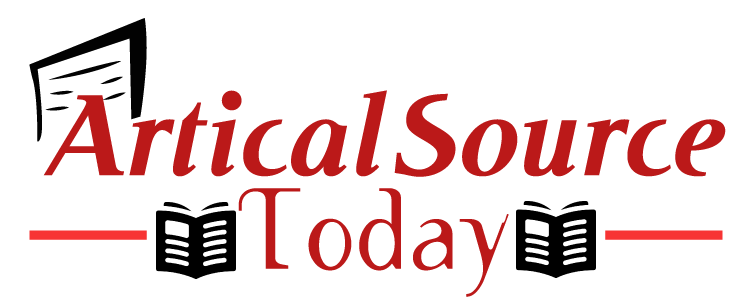4 Savvy Tips to consider when integrating a Collaboration Solutions

Over 15 months into the pandemic, businesses are ongoing to adjust to changing realities. Today, Covid-19 induced changes are a bit more nuanced. Large corporations with advanced technology and remote work policies notice little difference when they’re comparing pre-pandemic operations. As a result, employees find ways to collaborate with organizations and experience the growing inefficiency of each task.
Ask any gardener specialist for different plants of your choice, and they’d tell you there’s no favourable answer. Therefore instead, they’d ask for the location: outdoor? Indoor or a balcony? Next, they’d propose suitable plants depending on the amount of sunlight or water quality according to the labour you’re willing to put in.
Collaboration Solutions are akin to gardening. Every user you gain comes with a different degree of industry awareness, tech-savviness and knowledge of their marketplace. According to Gartner, collaboration software will reach $4.9 billion by 2021, with over 3\4 employees depending on work collaboration tools to deliver tasks.
Collaboration solutions effectively streamline communications, cross operational and share information across different departments. Collaboration software is a one-stop-shop for employees navigating through marketing collateral, latest news, or information across organizations.
Seamless Operations
With different projects located in a single location with team members having access to a project’s status is updated and evident by all users with expanded visibility across the departments.
Companies use CMS employee intranet software to communicate news and information within the organization. Transparent functionality keeps employees informed and engaged within the strategic direction and vision of the company.
Acknowledges “tool fatigue”
Various tools on the market solve a specific need, but in many cases, a company uses Collaborative Solutions that sync with your needs.
There are technology companies that offer good ways to merge different functionalities, but there isn’t one solution that links everything.
So as employees and employers recognize the appropriate tools to use, ensuring employees reach a limit to tools to use, be mindful that employees reach a limit of tools to manage.
Choose a technology that works for all employees.
The tools you choose need to address all levels of employees, not the tech-savviness. Intuitive, quick-to-implement and easily integrated must-haves. Most platforms include accessibility features that help physically challenged employees, including closed captioning, screen readers and magnifiers.
And if you’re meeting with workers that speak another language, tools like Avaya, Zoom or Webex can translate the communication in real-time.
Extensive functioning
Choosing an intranet with limited accessibility can be challenging. However, social intranet software helps structure your data, filing the uploaded documents and how people collaborate. Moreover, it gives users the ability to attach modules, extend functionality or implement management tools.
If you plan the implementation properly, you can effectively manage it and reap the benefits. This has the advantage of letting people use operations they are comfortable with.
Wrapping Up
Collaboration solutions facilitate employees to enhance productivity and make it easier to collaborate with. A mindful approach in selecting an employee portal for an organization can help your enterprise’s strategic plan.


